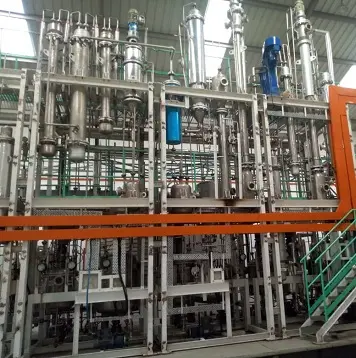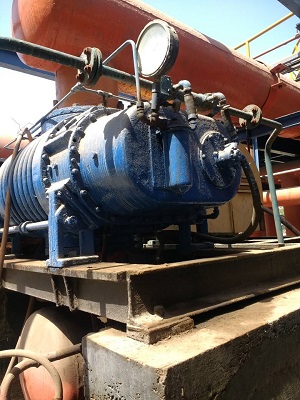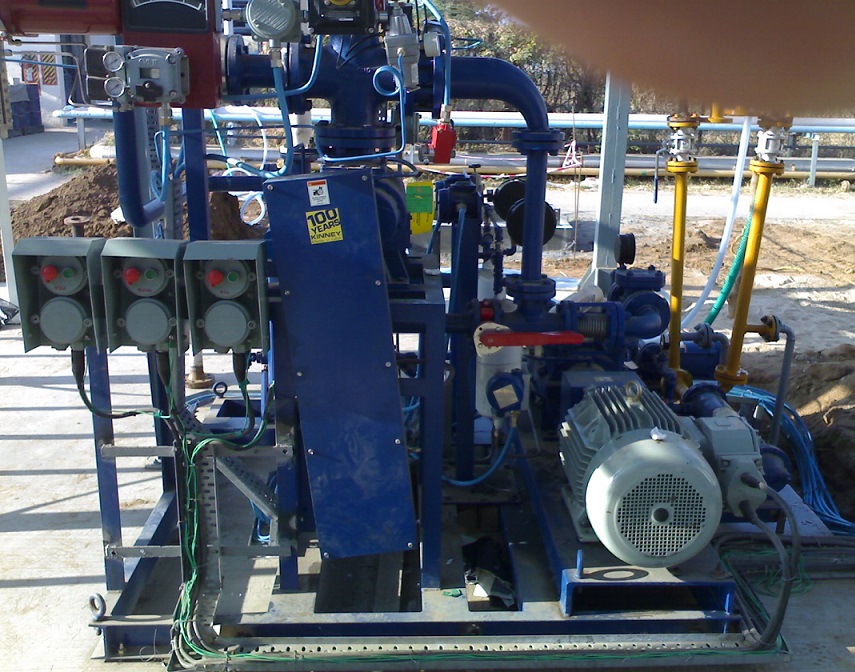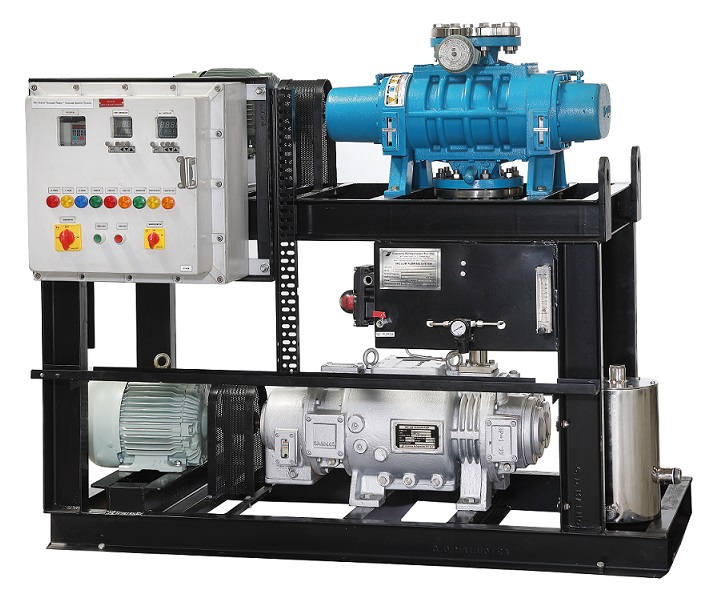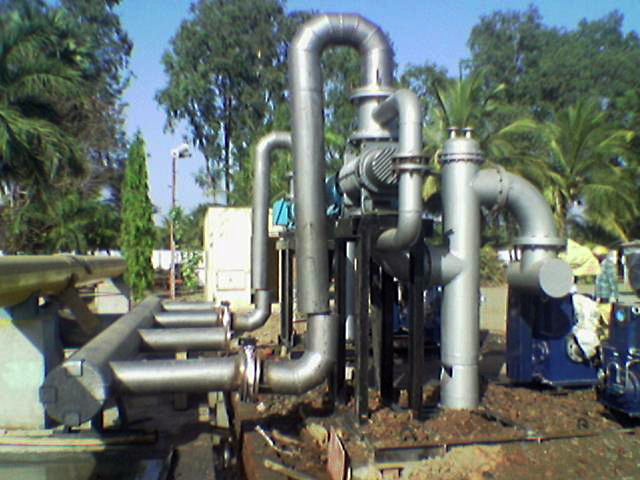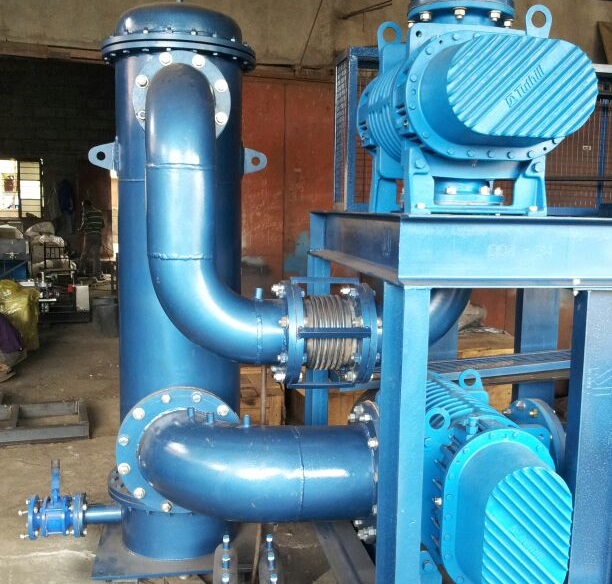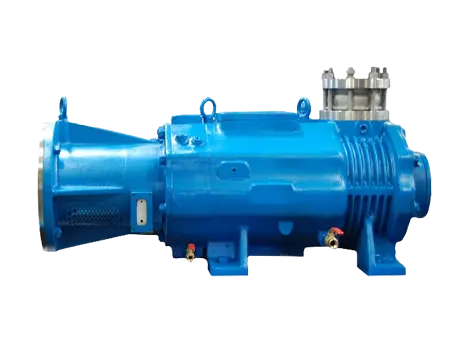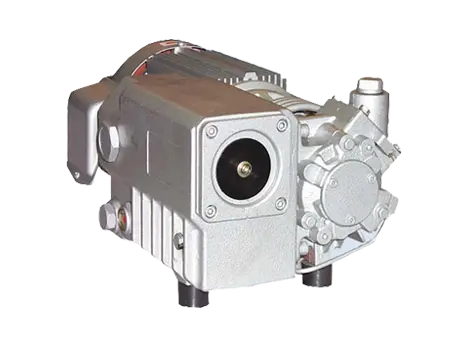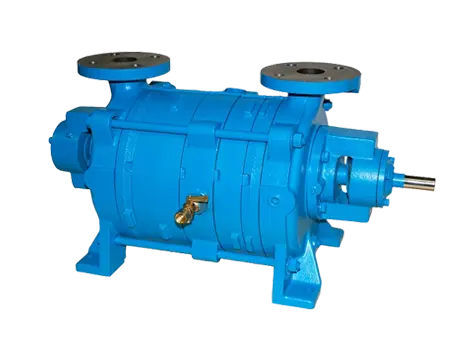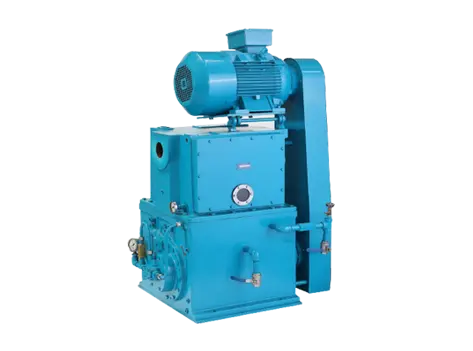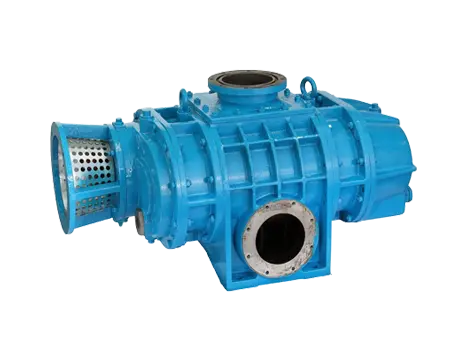
Troubleshooting Vacuum Pump Oil Leaks: Causes and Solutions
One of the problems mentioned among many industries where vacuum pumps are used is vacuum pump oil leaks. Seepage can consequently create serious issues concerning the efficiency of the professional water pump, particularly its performance and power expenditure, and sometimes it has an adverse impact on the genuine pump itself.
But good maintenance is critical in keeping your vacuum pump on for a longer time without it developing a major problem that will require repair. So, let’s look at what causes vacuum pump oil leakage, how to deal with it, and how to avoid it in this blog article.
Common Causes of Vacuum Pump Oil Leaks
It becomes easier to diagnose the cause of vacuum pump oil leaks if you understand why this occurs.
Worn or Damaged Seals
To seal off the vicinity of the oil, auto repair establishments require seals that relay the critical functions of a vacuum pump. These seals can degrade with time due to heat, pressure, contaminants, and hence, they may develop oil leaks.
-
Seal Function: Seals are designed in such a way that they can form a closed compartment between the contacting surfaces and the surrounding conditions so that oil cannot leak out of the pump.
-
Aging or Damage: Seal materials can deteriorate over time or become damaged so that they no longer seal effectively, and oil can leak through.
Overfilled Oil Reservoirs
The amount of oil to be applied in a system is very important for the proper functioning of the vacuum pump. It is also essential that this oil reservoir is not overfilled, lest there be problems such as pressure buildup and leakage.
-
Oil Level Guidelines: The oil level should be well-checked since it should not go beyond the recommended levels.
-
Effects of Overfilling: When there is too much of it inside, pressure builds up, and this forces oil to find its way through sensitive areas like the seals, and the gaskets, among others.
Loose or Improperly Fitted Components
These machinery, known as vacuum pumps, have fittings, hoses, and connections. Any of these components, if not tightly screwed or fitted, causes oil to leak in that area or part of the chamber.
-
Common Areas: Connections are most likely to leak if they are fittings that may become loose after some time.
-
Vibration Impact: Pump vibration makes fitting loosen and where these are not tightly fixed or braised, they lead to leakage of oil.
Cracked or Damaged Housing
An enclosure of a vacuum pump may refer to a housing that offers shelter against external particles and is leak proof against oil. There can be no compromise on the quality of the housing integrity as any defective housing is dangerous for patients.
-
Role of Housing Integrity: This is great because strong, intact housing guarantees that oil is contained with the pump.
-
Causes of Cracks: They are usually caused by the fatigue of the material, forces of impact and vibrations, or abrasive conditions such as high heat and corrosive environments.
Using Incorrect Oil Type
The type of oil for your vacuum pump is a very sensitive decision if you want to achieve the best experience and get the longest use for your pump.
-
Why Compatibility Matters: In general, when the vacuum pump is applied in circuits, it is not right to use all the oils they want you to use. The wrong type of oil harms the seals and other internal working parts of a car’s engine.
-
Effects on Performance: They also involve efficiency due to the nature of the oil, which can greatly impact the pump and the friction it will experience as time progresses.
Troubleshooting Vacuum Pump Oil Leaks
After you have detected the vacuum pump oil leak, it is crucial to do it right, so that you eliminate its causes.
Steps to Identifying the Leak Source
To cure it, one must first find out the reason behind the leak itself.
-
Inspecting Seals, Gaskets, and Connections: All seals, gaskets, and connections must be correctly scrutinized to identify those that may have worn out or damaged. One should use a magnifying glass or a torch light to check for those minute cracks or dripping sources.
-
Using UV Dyes: Ultraviolet dyes are used to identify the source of leaks in a vacuum pump. If you put this dye into the oil then you will be able to see where the oil leak is due to the glow under ultraviolet light.
Tools Needed for Repair and Diagnosis
It will be easier for you to diagnose the leakage problem and repair the same, thanks to the right tools.
-
Essential Tools: A wrench set, gasket scraper, UV lamp, and sealant are all some of the tools necessary for vacuum pump maintenance and repair.
-
Safety Precautions: Always put on gloves and goggles while dealing with oils and during repair-related operations.
Temporary Fixes vs. Permanent Solutions
-
Quick Fixes: In cases that require the operation to begin as soon as possible, then we have temporary remedies such as fixing loose bolts or putting in a new gasket.
-
Permanent Solutions: For the long term, one could opt to use new seals. If the internal parts of the pump are severely worn it may be required to rebuild the pump from scratch.
Preventing Oil Leaks in Vacuum Pumps
Regular Maintenance Checks
You must maintain your vacuum pump regularly to ensure that it is not outright broken.
-
Key Areas to Inspect: While performing routine car maintenance checks, the seals, gaskets, fittings, and oil levels should be checked to see if they work as they should.
-
Frequency of Maintenance: Ensure that the pump's string operation is conducted frequently, as pointed out below. Where the pump is used often, a monthly inspection is recommended, while those used less often will benefit from a quarterly inspection.
Proper Handling of Vacuum Pump Oil
The reduction of leakage can be attributed to the type and amount of oil used appropriately.
-
Oil Type and Levels: Always use the oil recommended by the manufacturer, and always check the oil levels. Commonly inspect and change the oil as recommended by the car manufacturing firm.
-
Replacement Intervals: Oil changes must be done periodically over, say, the usage or hours that the car has been used to enhance stability and not leak.
Training Staff on Best Practices
Educating your staff on handling and maintaining equipment will be a big plus in avoiding oil spillages.
-
Operator Knowledge: Effects can be prevented by properly training the operators on how to handle the oil properly, maintain it, and take it through regular checkups to ensure that such incidents as those resulting from improper usage or negligence do not happen.
Conclusion
Oil leakages, more particularly pump oil leaks, are some of the common problems that anyone can experience. As you diagnose the problem resulting in oil leakages, solve this problem and always ensure you carry out physical check-ups on your vacuum pump you will be able to run your vacuum pump for more extended anticipation. The ideal way to proceed is to prevent leaks from ever happening, and that means always using the right means of handling oil, carrying out regular check-ups on the components themselves, and having the employees know how to be safe.




